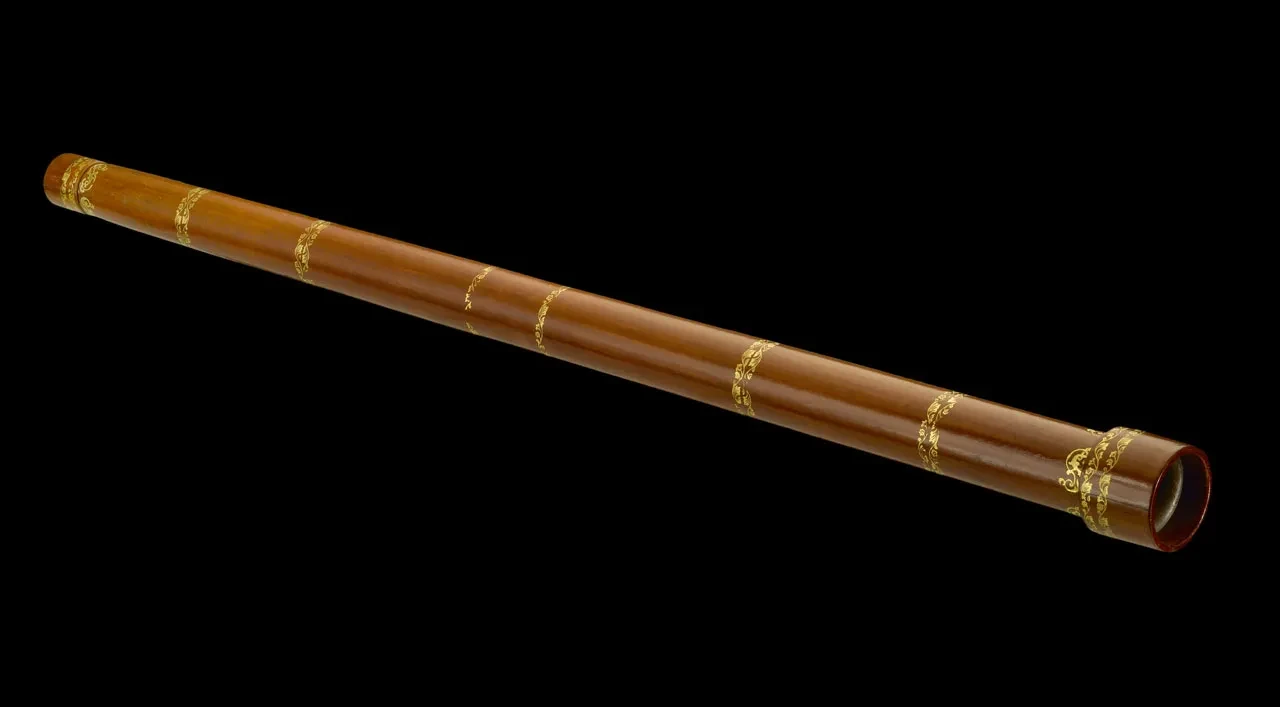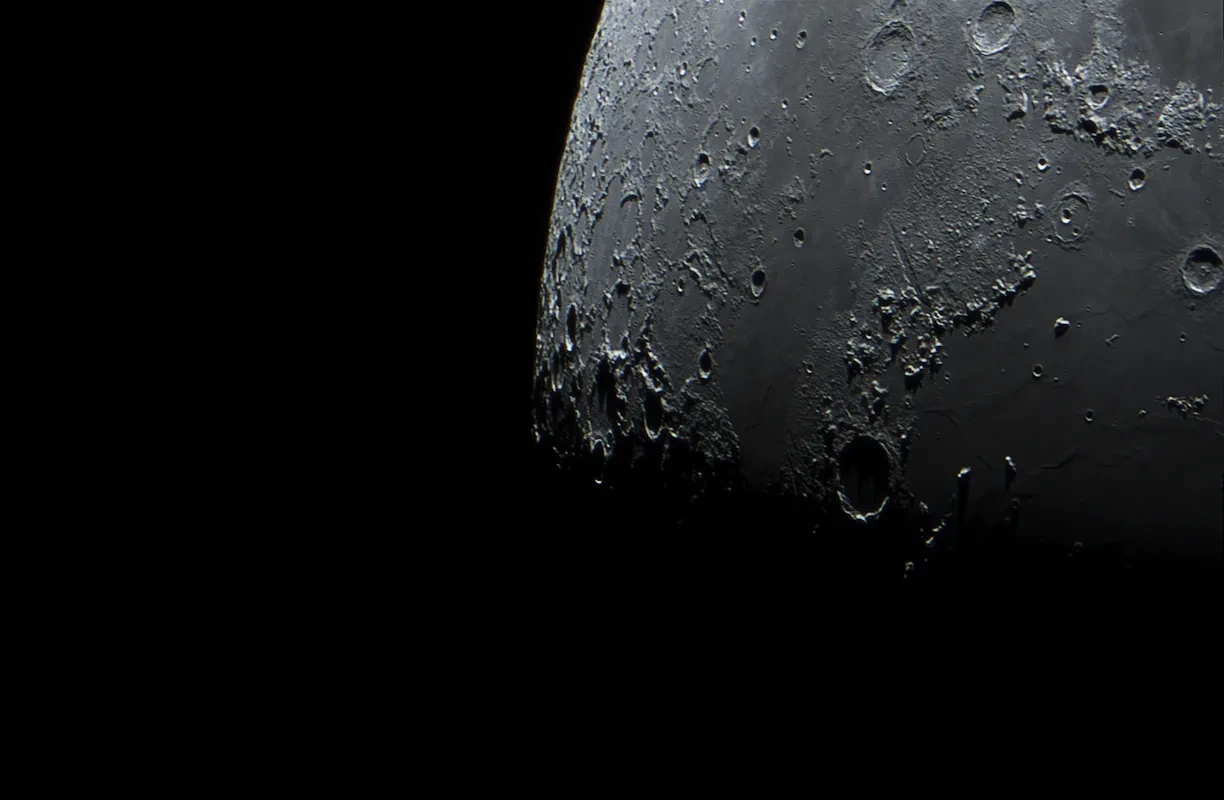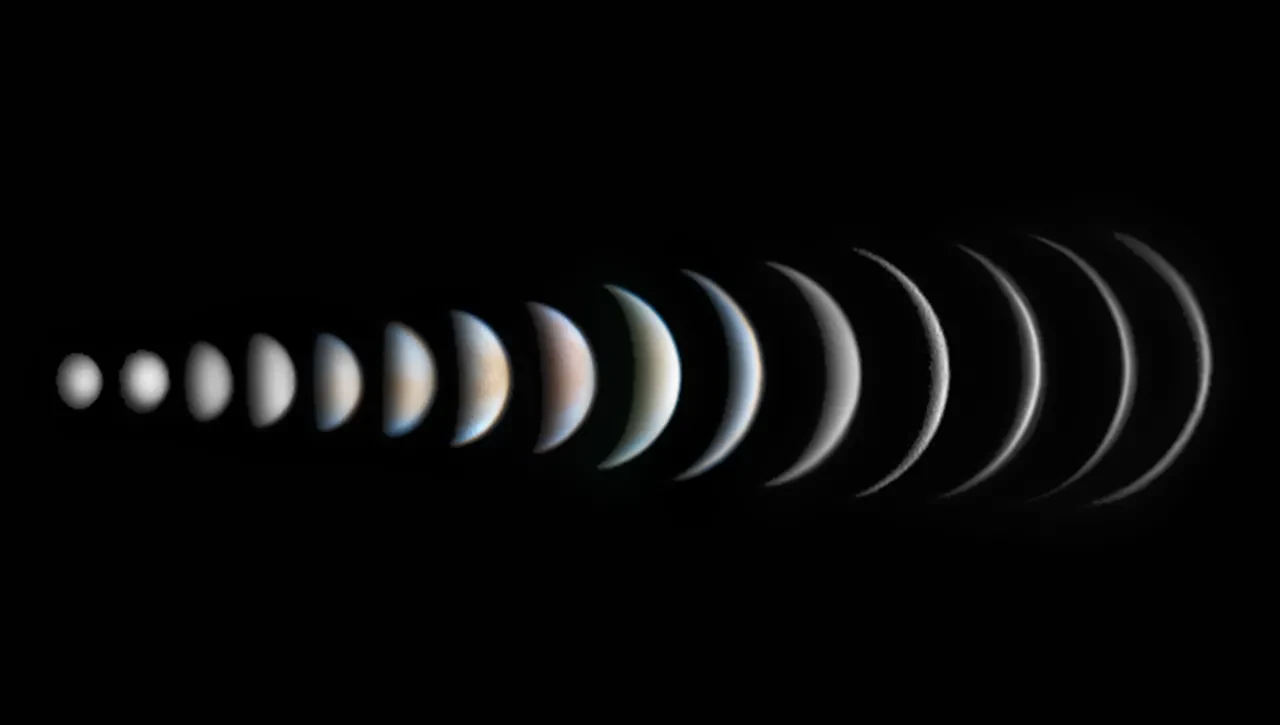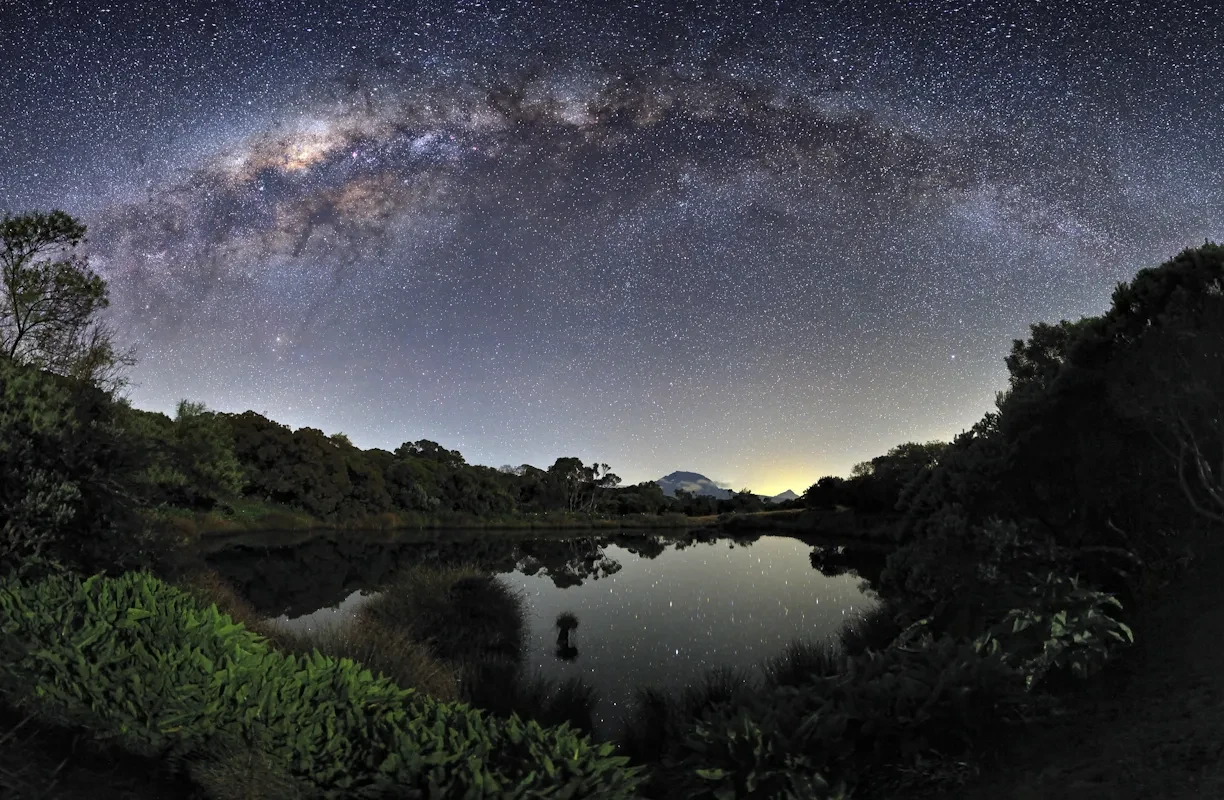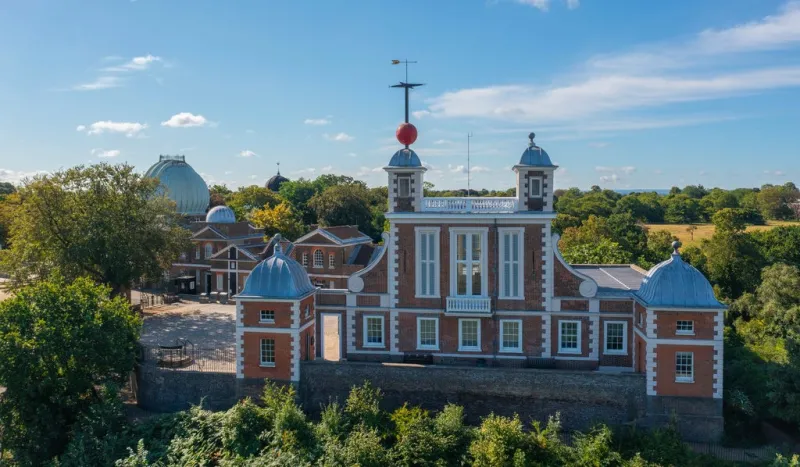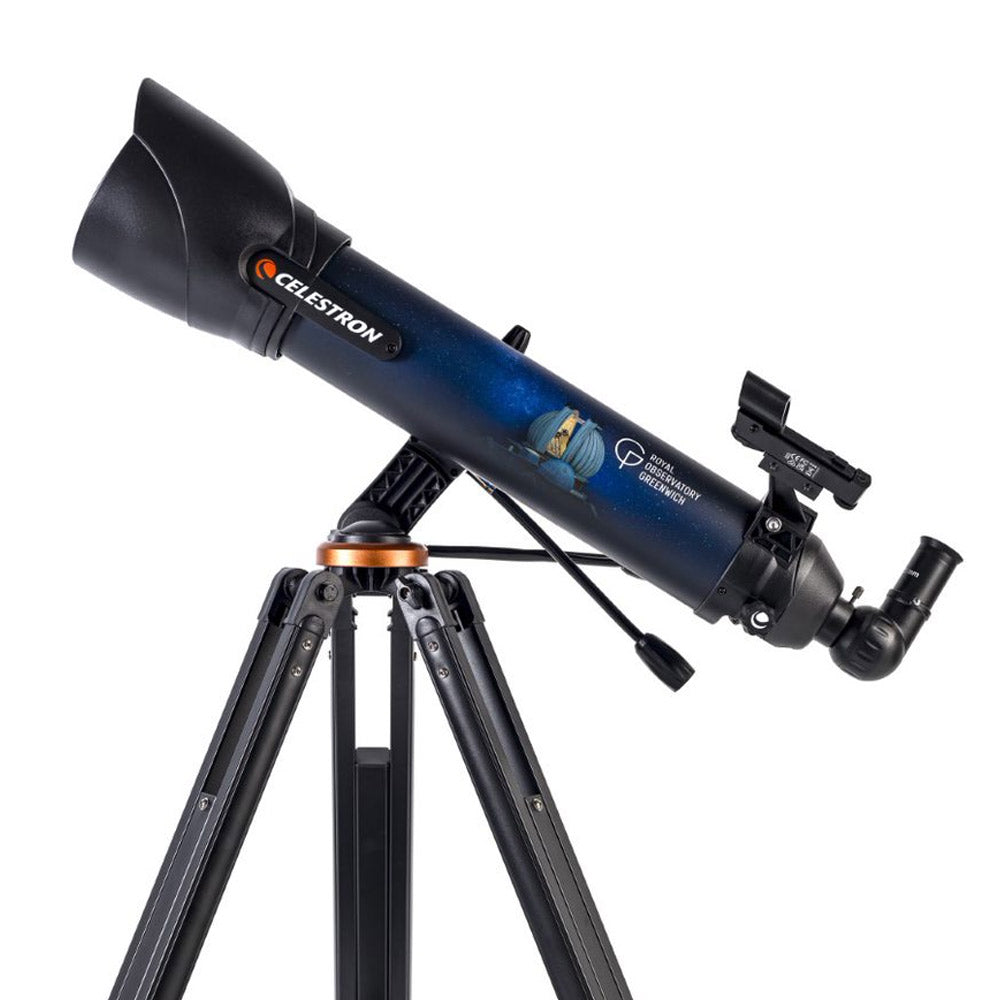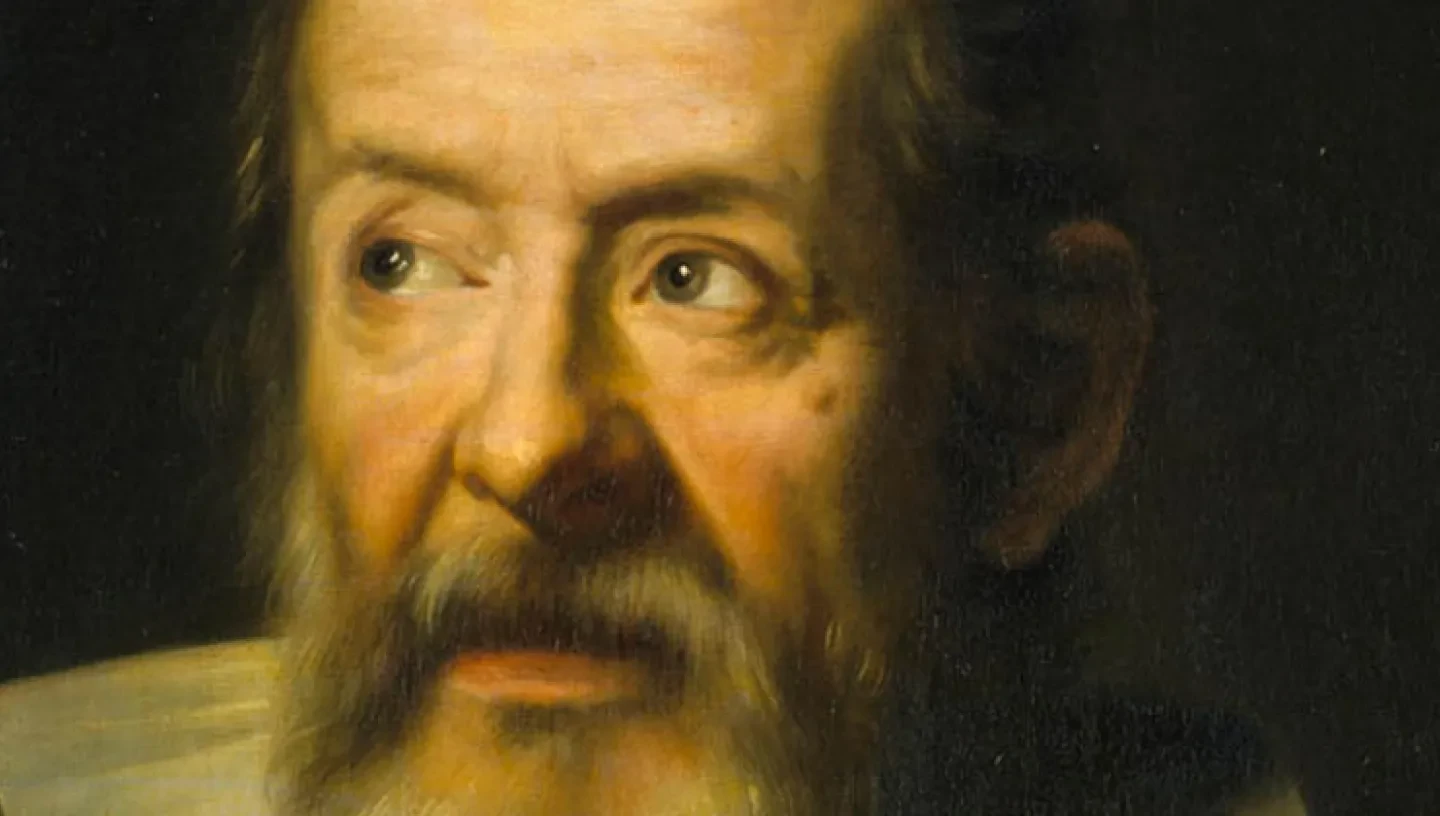
What did Galileo discover?
Galileo pioneered the use of the telescope for observing the night sky. His discoveries undermined traditional ideas about a perfect and unchanging cosmos with the Earth at its centre.
Who was Galileo Galilei?
Galileo was born in Pisa, Italy on 15 February 1564 (Julian calendar; 26 February 1564 by our modern day Gregorian calendar), the first of six children.
Prior to Galileo's conflict with the Church, the majority of educated people in the Christian world subscribed either to the Aristotelian geocentric view that the Earth was the centre of the universe and that all heavenly bodies revolved around the Earth, or the Tychonic system that blended geocentrism with heliocentrism.
His championship of the Copernican (Sun-centred) planetary system brought him into serious conflict with the Church, which forced him to make a public recantation and put him under restriction in later life.
What is Galileo most famous for?
Galileo, though not the first inventor of the refracting telescope, significantly enhanced its power. In 1609, he learned of the spyglass and began to experiment with telescope-making, grinding and polishing his own lenses. His telescope allowed him to see with a magnification of eight or nine times, making it possible to see that the Moon had mountains and that Jupiter had satellites.
What did Galileo discover?
Galileo used observation and experimentation to interrogate and challenge received wisdom and traditional ideas. For him it wasn’t enough that people in authority had been saying that something was true for centuries, he wanted to test these ideas and compare them to the evidence. At the time this was quite a shocking idea, and was one of the reasons that he got into trouble. He discovered...
1. Craters and mountains on the Moon
The Moon’s surface was not smooth and perfect as received wisdom had claimed but rough, with mountains and craters whose shadows changed with the position of the Sun. Galileo was able to use the length of the shadows to estimate the height of the lunar mountains, showing that they were similar to mountains on Earth.
2. The phases of Venus
The planet Venus showed changing crescent phases like those of the Moon, but their geometry could only be explained if Venus was moving around the Sun rather than the Earth. This undermined the idea that everything in the heavens revolved around the Earth (although it was consistent with the Tychonic system as well as the Copernican one).
3. Jupiter’s moons
The planet Jupiter was accompanied by four tiny satellites which moved around it. These are now known as the Galilean moons: Io, Ganymede, Europa and Callisto. Again, this showed that not everything in the heavens revolved around the Earth.
4. The stars of the Milky Way
Galileo saw that the Milky Way was not just a band of misty light, it was made up of thousands of individual stars.
5. The first pendulum clock
If that wasn’t enough, as well as Galileo’s contributions to astronomy, he also designed a major component for the first pendulum clock, Galileo’s escapement. This design, however, went unbuilt until after the construction of the first working pendulum clock by Christiaan Huygens.
